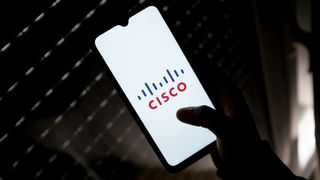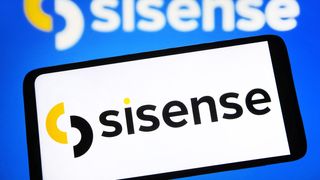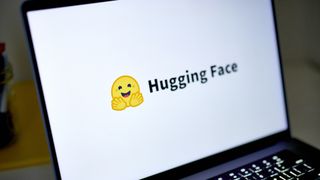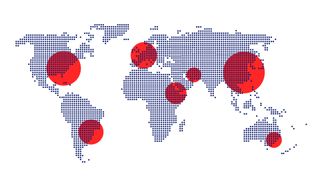Explore Security
Security
Latest about Security

Cisco Duo MFA logs exposed in third-party data breach
By Solomon Klappholz published
News Cyber attack on an unnamed supplier for Cisco Duo’s SMS and VOIP multifactor authentication service exposes sensitive customer data used across internal networks and corporate apps

Palo Alto Networks issues fix for critical PAN-OS software flaw
By Steve Ranger published
News The PAN-OS vulnerability could allow attackers to execute arbitrary code with root privileges on some firewalls

Growing macOS adoption opens the door to increasingly sophisticated TCC-based attacks
By Solomon Klappholz published
Enterprise adoption of macOS systems is threatened by threat actors like the CloudMensis malware, deployed by the North Korea-aligned Lazarus Group

Sisense breach could have far-reaching consequences as CISA urges businesses to rotate credentials
By Solomon Klappholz published
News Millions of access tokens, keys, and passwords were exposed in a major breach affecting data analytics company Sisense, with CISA urging businesses to rotate and reset any credentials they may have shared with the company

Report: UK cyber security rating exceeds European counterparts
By Emma Woollacott published
News A new study has linked UK companies with advanced cyber security performance with 372% higher shareholder returns

Roku issues warning over massive customer account breach
By Emma Woollacott published
News Criminals exploited reused passwords for a credential stuffing attack that hit 576,000 accounts

A new hugging face vulnerability could spell trouble for AI as a service providers
By George Fitzmaurice published
News New research has found issues in Hugging Faces architecture that could put models across the platform at risk

Cyber attacks surged in March with over 299 million records compromised
By Solomon Klappholz published
March saw an eye-watering 299 million records exposed in 3,478 publicly disclosed security incidents, representing a sharp increase on the same period last year
Get the ITPro. daily newsletter
Receive our latest news, industry updates, featured resources and more. Sign up today to receive our FREE report on AI cyber crime & security - newly updated for 2024.





